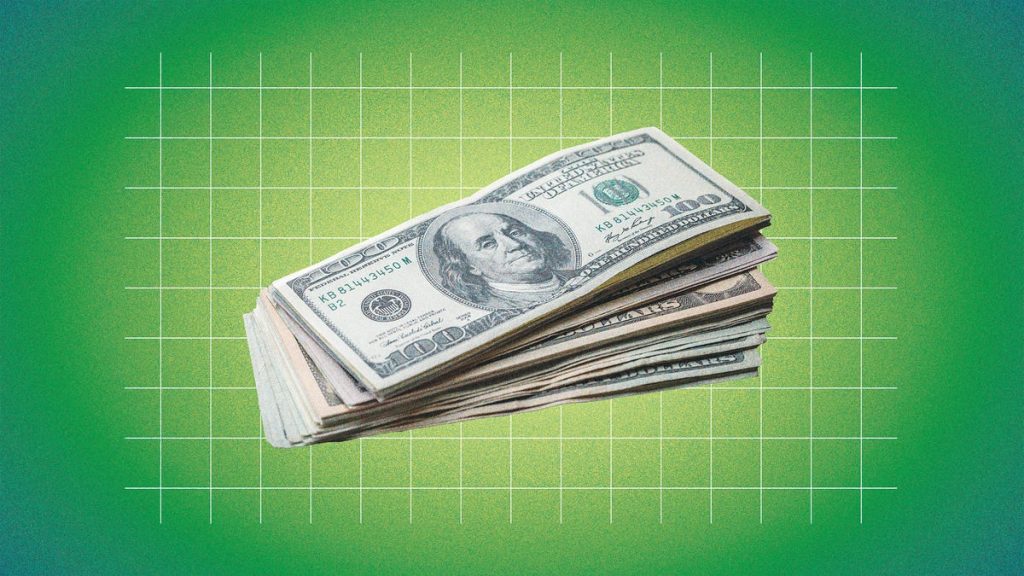Filing your tax return with the IRS and claiming the child tax credit can lead to questions about when your tax refund will arrive. The good news is that you can easily check the status of your tax return online, avoiding the need to anxiously check your bank account daily. It’s important to note that if you haven’t received your refund yet, it may be due to claiming the child tax credit or the earned income tax credit, as these credits take longer to process. By law, the IRS cannot issue refunds for those claiming these credits before mid-February at the earliest.
The child tax credit is a tax break available to families with qualifying children, allowing them to receive up to $2,000 per child. However, only a portion of this credit is refundable, known as the additional child tax credit. This year, the refundable amount is $1,600. The IRS has stated that most child tax credit and earned income tax credit refunds should be available in bank accounts or on debit cards by February 27th for taxpayers who have filed and selected direct deposit as their payment method, with no issues on their return. The delay in issuing these refunds is due to legal requirements aimed at preventing fraudulent refunds.
If you have not yet received your refund and are claiming the child tax credit, you can check for your projected deposit date using the IRS’ Where’s My Refund tool. It is recommended to file your taxes as soon as possible to ensure timely processing and receipt of any refunds owed to you. Additionally, free tax filing options are available to help simplify the process. Stay informed about tax news and updates, including changes related to the child tax credit and other credits, to ensure you are aware of any potential impacts on your tax return and refund status. By staying informed and utilizing available resources, you can better navigate the tax filing process and track your refund efficiently.
With the complexity of tax laws and regulations, it is essential to understand the eligibility requirements and processes associated with claiming tax credits, such as the child tax credit and earned income tax credit. By familiarizing yourself with these credits and their refundable aspects, you can ensure that you receive the maximum benefit owed to you. Utilizing tools like the IRS’ Where’s My Refund tool can provide clarity on the status of your refund and help you anticipate when it will be deposited into your account. Taking advantage of free tax filing options and staying updated on tax news can also streamline the tax filing process and alleviate any uncertainties regarding your refund.
As part of CNET’s Taxes 2024 coverage, comprehensive information on tax software, tips, and filing assistance is available to help taxpayers navigate the tax season successfully. By accessing resources like the essential cheat sheet for filing taxes and recommendations for the best tax software for 2024, individuals can optimize their tax filing experience and make informed decisions about claiming tax credits. Understanding the timeline for receiving refund payments, especially for credits like the child tax credit, can help in managing expectations and planning for any financial obligations. By following guidelines and utilizing available tools, taxpayers can effectively track their refund status and ensure timely receipt of any refunds they are entitled to.


